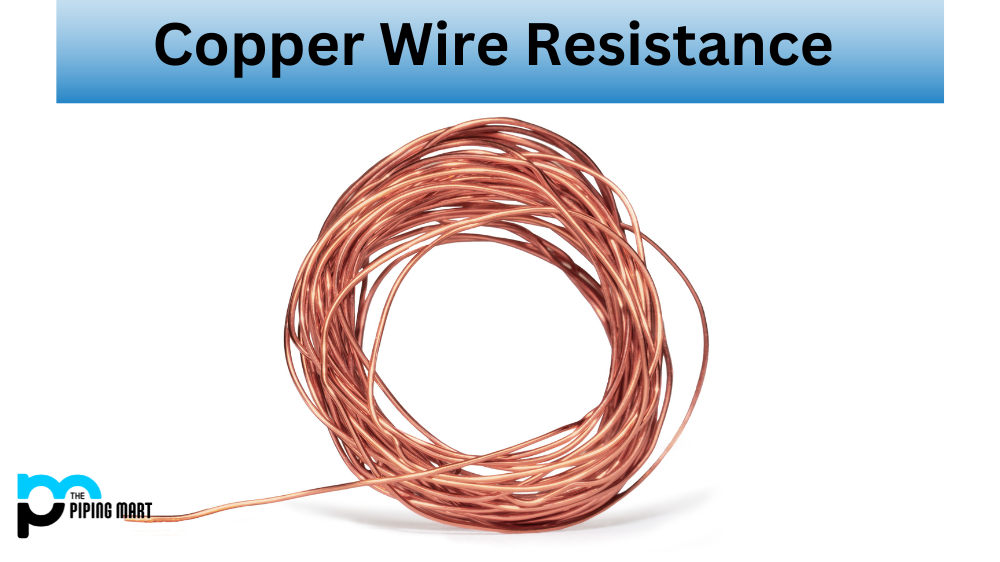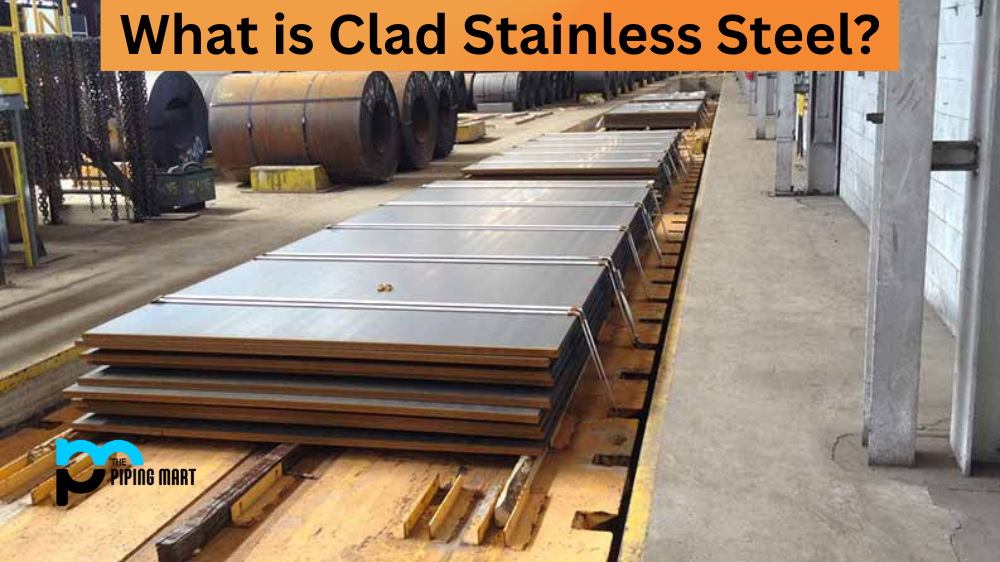Killed carbon steel is commonly used in a variety of industries, including chemical processing, oil and gas, and manufacturing. Understanding the fundamentals of killed carbon steel piping is important before using it for any application. In this blog post, we’ll discuss what killed carbon steel is, how it’s produced, and why it may be the best option for your project.
Killed Carbon Steel Composition
Carbon steel has been a go-to material for centuries due to its strength and durability. However, technological advancements have shown that there may be a better option on the market. Enter killed carbon steel composition. This material is made by adding elements such as aluminium, silicon, and manganese during steel-making. The result is steel that is more uniform in composition and has fewer impurities than traditional carbon steel. Not only does this mean it is more robust, but it also allows for better weldability and overall performance. So if you need high-quality steel for your next project, consider trying killed carbon steel composition. Your results may just be stronger and more reliable than ever before.
Killed Carbon Steel Properties
Killed carbon steel is a unique metal type with numerous properties that make it highly desirable in many industries. It is characterized by its combination of strength, ductility, and toughness making it suitable for many specialized applications. One of its most important features is its excellent resistance to stress corrosion cracking, making it ideal for use in areas exposed to intense heat or corrosive agents. Additionally, killed carbon steel’s resilience and ability to withstand high temperatures make it an excellent choice for purposes requiring extreme wear or abrasion resistance. With these beneficial qualities, killed carbon steel can be relied upon to perform reliably and effectively in demanding environments.
What is Killed Carbon Steel?
Killed carbon steel is a form of steel that has been fully deoxidized during its production process. This process removes oxygen from the material, which helps to prevent any further oxidation or corrosion. As a result, killed carbon steel is among the most durable and reliable types of pipe available today.
Production Process
The production process for killed carbon steel begins with melting iron ore in a blast furnace. After being heated in this furnace, the molten iron is then combined with other elements, such as chromium, nickel, and molybdenum, to create an alloy known as “killed” carbon steel. During this process, small amounts of oxygen are removed to prevent oxidation or corrosion in the finished product.
Killed Carbon Steel Advantages
Killed carbon steel offers several advantages over other types of materials when used for piping applications. As mentioned previously, its ability to resist oxidation or corrosion makes it an ideal choice for projects that require long-lasting durability and reliability. Additionally, its low cost makes it an attractive option when compared to materials such as stainless steel or aluminum alloys which can be much more expensive. Finally, because it can withstand high temperatures without deforming or degrading over time, killed carbon steel piping can be used in applications where other types of materials would not be suitable.
Killed Carbon Steel Uses
Killed carbon steel is widely used in the engineering and automotive industries. Its high strength and toughness make it perfect for creating heavy-duty parts such as engine crankshafts, transmission parts, and drive splines. Additionally, because killed carbon steel is ductile and cost-effective it is often preferred over other steels when creating suspension components, exhaust systems, fuel tanks, body panels, and brake components. This steel even finds applications in the defense and aircraft industries where parts strength and affordability are of utmost importance. With all of its beneficial uses, it’s no wonder that killed carbon steel remains one of the most popular materials utilized by certain manufacturing sectors today.
How Is It Made?
Killed carbon steel piping is manufactured through two different processes – hot rolling and cold drawing. In the hot rolling process, molten metal is poured into molds which are then rolled into tubes of various sizes and shapes. During this process, an agent such as aluminum or silicon may be added to deoxidize the metal before it cools down and solidifies. In the cold drawing, thin-walled tubing is pulled through dies, reducing its diameter while keeping its length unchanged; again, agents may be added during this process for improved strength and corrosion resistance.
Conclusion:
In summary, killed carbon steel piping is a durable and reliable material that offers several advantages over other options available on the market today. Its ability to resist oxidation and corrosion makes it an ideal choice for projects requiring long-lasting durability, while its low cost makes it an attractive option when compared to more expensive alternatives such as stainless steel or aluminum alloys. For these reasons and more, killed carbon steel should be considered when selecting a material for your project’s needs!

A passionate metal industry expert and blogger. With over 5 years of experience in the field, Palak brings a wealth of knowledge and insight to her writing. Whether discussing the latest trends in the metal industry or sharing tips, she is dedicated to helping others succeed in the metal industry.




